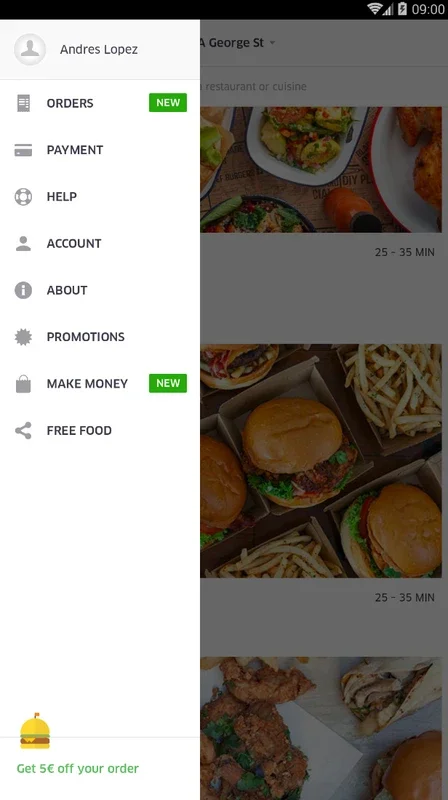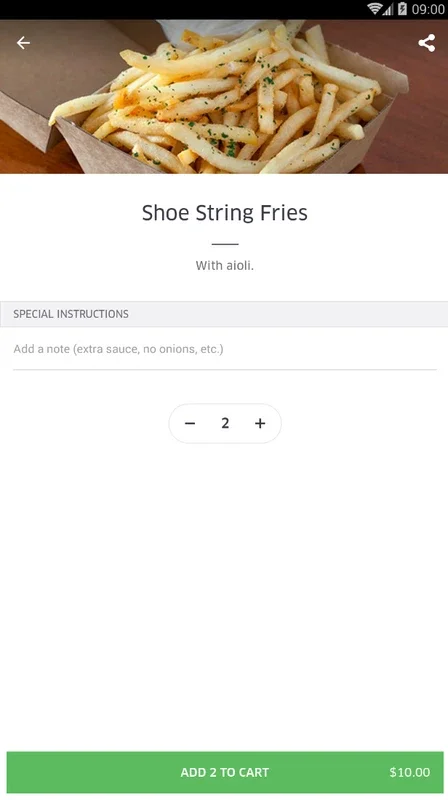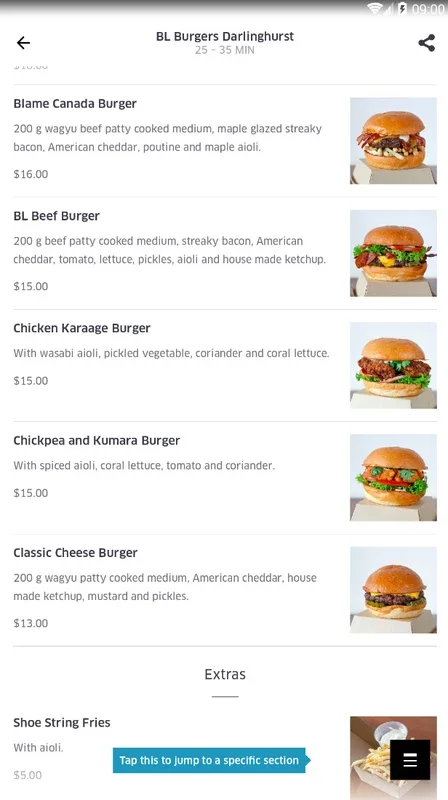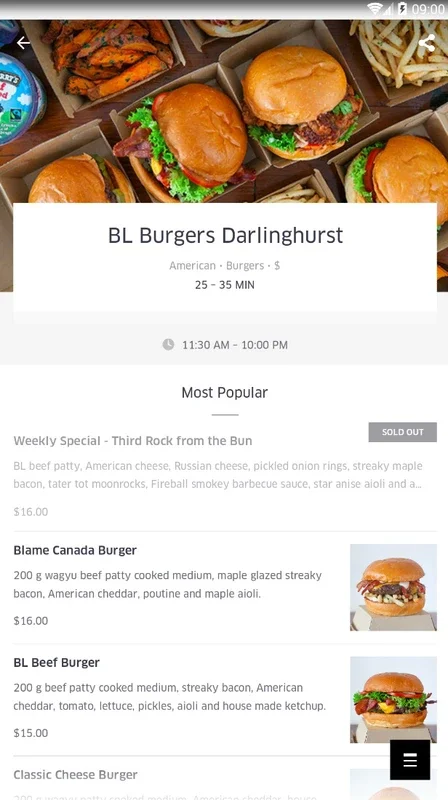Uber Eats App Introduction
Uber Eats has quickly become a popular choice for food delivery, offering a convenient way to order meals from your favorite restaurants and have them delivered right to your door. This comprehensive guide explores the features, benefits, and drawbacks of Uber Eats, comparing it to other prominent food delivery services.
How Uber Eats Works
The process of ordering food through Uber Eats is remarkably straightforward. After downloading the app (available on Android and iOS), users browse nearby restaurants, peruse menus, and select their desired dishes. The app provides clear pricing, including the cost of food and delivery fees. Once an order is placed, users can track its progress in real-time, from order acceptance to food preparation and delivery.
Key Features and Benefits
- Wide Selection of Restaurants: Uber Eats boasts a diverse range of restaurants, catering to various tastes and preferences. From casual eateries to upscale dining options, users have a wealth of choices at their fingertips.
- Real-time Tracking: The app's real-time tracking feature allows users to monitor their order's progress, providing peace of mind and reducing uncertainty about delivery times.
- Easy Payment System: Payments are seamlessly integrated into the app, offering a secure and convenient payment experience. Users can choose from various payment methods, ensuring flexibility.
- User-Friendly Interface: The app's intuitive design makes navigation and ordering effortless, even for first-time users.
- Convenience: The convenience factor is undeniable. Uber Eats eliminates the need to travel to restaurants, making it ideal for busy individuals or those who prefer to stay home.
Comparison with Other Food Delivery Services
Uber Eats competes with several established food delivery platforms, including DoorDash, Grubhub, and Postmates. While all offer similar core functionalities, key differences exist in terms of restaurant selection, delivery fees, and promotional offers. A comparative analysis reveals:
| Feature | Uber Eats | DoorDash | Grubhub | Postmates |
|---|---|---|---|---|
| Restaurant Variety | Extensive | Extensive | Extensive | Extensive |
| Delivery Fees | Varies by location | Varies by location | Varies by location | Varies by location |
| Promotional Offers | Frequent | Frequent | Frequent | Frequent |
| User Interface | User-friendly | User-friendly | User-friendly | User-friendly |
While Uber Eats holds its own in terms of features and functionality, the competitive landscape necessitates a continuous evaluation of pricing and promotional strategies to maintain its market share.
Potential Drawbacks
Despite its numerous advantages, Uber Eats isn't without its shortcomings:
- Delivery Fees: Delivery fees can be substantial, particularly during peak hours or for longer distances. This can significantly impact the overall cost of the order.
- Restaurant Availability: While Uber Eats offers a wide selection of restaurants, availability can vary depending on location. Some areas may have limited options compared to others.
- Service Reliability: Like any delivery service, Uber Eats can experience occasional delays or issues with order accuracy. While generally reliable, occasional hiccups can occur.
- Competition: The highly competitive nature of the food delivery market means Uber Eats constantly needs to adapt and innovate to remain competitive.
Conclusion
Uber Eats provides a convenient and efficient way to order food from a wide variety of restaurants. Its user-friendly interface, real-time tracking, and easy payment system make it a compelling option for many users. However, potential users should be aware of the potential drawbacks, such as delivery fees and occasional service inconsistencies. By carefully weighing the pros and cons and comparing it to other services, consumers can make an informed decision about whether Uber Eats is the right food delivery service for their needs.
Future of Uber Eats
The future of Uber Eats likely involves continued innovation and adaptation to the ever-evolving food delivery landscape. Expect to see advancements in areas such as:
- Enhanced Technology: Improved algorithms for optimizing delivery routes and predicting demand.
- Expanded Partnerships: Collaborations with more restaurants and grocery stores to broaden the selection of available items.
- Personalized Experiences: Tailored recommendations and offers based on user preferences and past orders.
- Sustainability Initiatives: Efforts to reduce environmental impact through eco-friendly packaging and delivery methods.
Uber Eats' success hinges on its ability to consistently deliver a positive user experience while adapting to the dynamic demands of the food delivery market. Its future trajectory will depend on its capacity to innovate and meet the evolving needs and expectations of its customer base.




